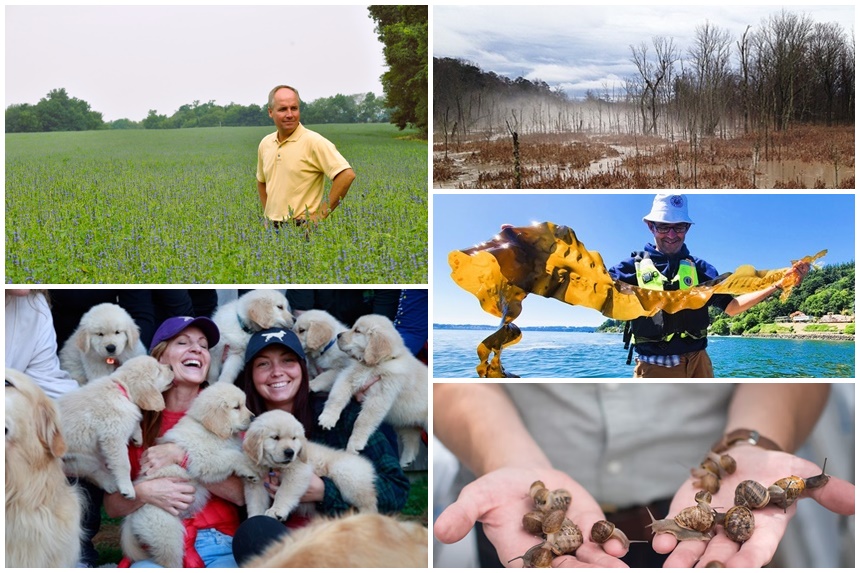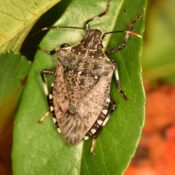Whether it’s raising snails, growing chia seeds, or utilizing rooftops and pallets, American farmers are working to create trailblazing farms that combine the best of agrarian tradition with the latest research. Here are some of America’s more unusual farms.
1. Swamp Farming
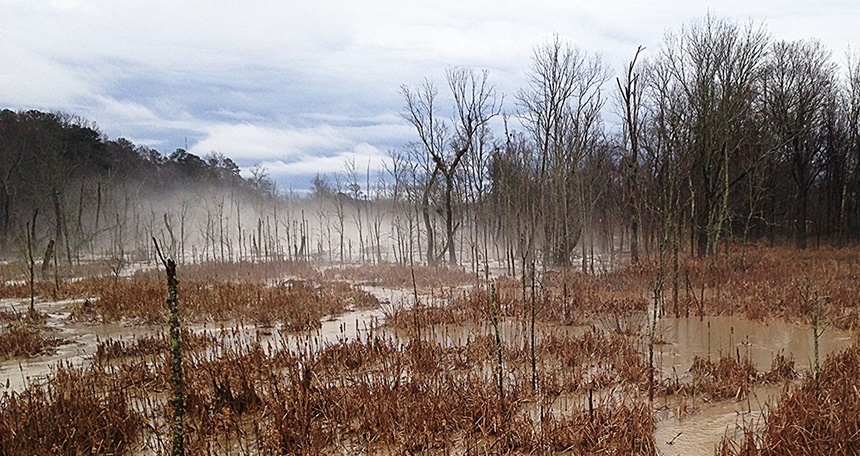
Also known as paludiculture, swamp farming supports wetland ecosystems, which store twice as much carbon as all the forests in the world combined. Swamp farmers seek harmony between protecting the swamps and growing crops by working with species that can grow in a boggy environment, rather than draining swamps, which releases carbon into the air. Many suitable crops can be grown in swamplands, including reeds, bulrushes, black alder, and sedge. Additional food crops include asparagus, highbush cranberry, common elderberry, and fox grape. Swamps can be found throughout the United States, with several in North Carolina and Georgia.
2. Cactus Farming

Classy Cactus Bar is the only succulent bar in middle Tennessee, where people can create beautiful spiky arrangements to take home. The bar partners with experienced growers who supply them with high-quality plants. This Murfreesboro location provides educational classes and private parties, and donates money to the local food bank. During the pandemic, the owners’ young son had an idea to create an unusual offering: They provided 25,000 cactus gift boxes nationwide.
3. Sweets Farming

The Golden Dog Farm in Jeffersonville, Vermont, offers wood-fired maple syrup and raw honey produced on the land. The farm is a place where guests surround themselves with the affection of twelve golden retrievers.” Hourly appointments are available to experience this 276-acre storybook farm that also features a vineyard, a sugarhouse, a Slovenian bee house, and more than 200 fruit trees.
4. Rooftop Farming
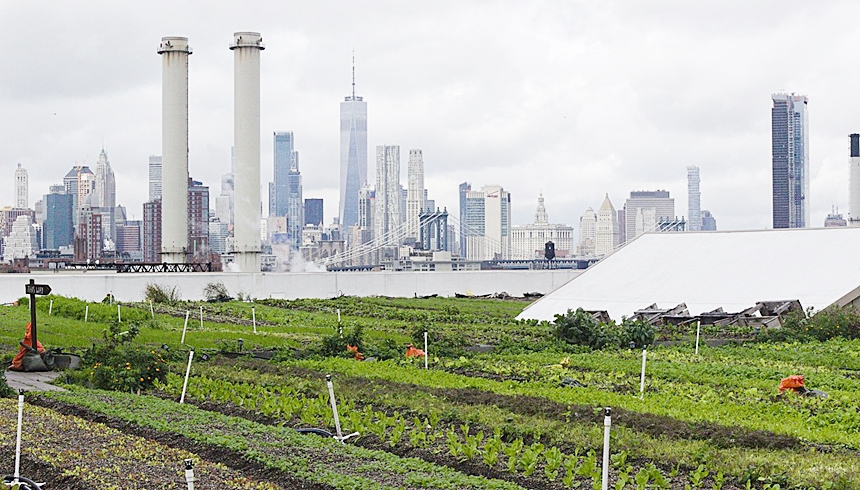
In Brooklyn, vegetables grow atop a three-story landscape; you can literally eat off the roof. This type of farming offers an opportunity to turn under-utilized space into a lush and productive food source. And restaurant chefs love to make use of a local source of produce.
City-dwellers can plan and plant a private or community roof garden so long as the roof meets landlord approval and local regulations.
5. Chia Seed Farming
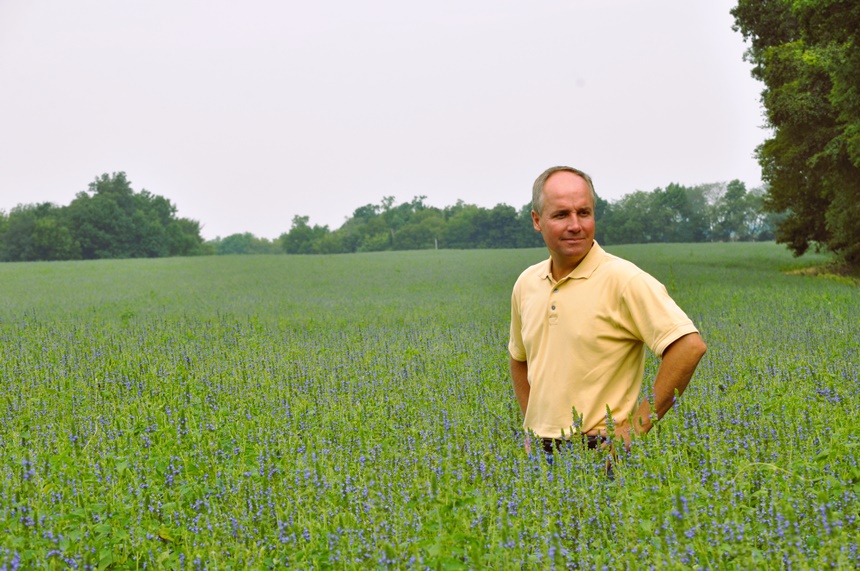
Founded in 2012, Heartland Chia in Franklin, Kentucky is the only chia farm in the United States. This incredibly versatile and sustainable crop offers nutrition benefits, such as Omega-3, and easily blends into food and drink products. Chia is also a pollinator crop, attracting birds, bees, and butterflies.
6. Ocean Farming
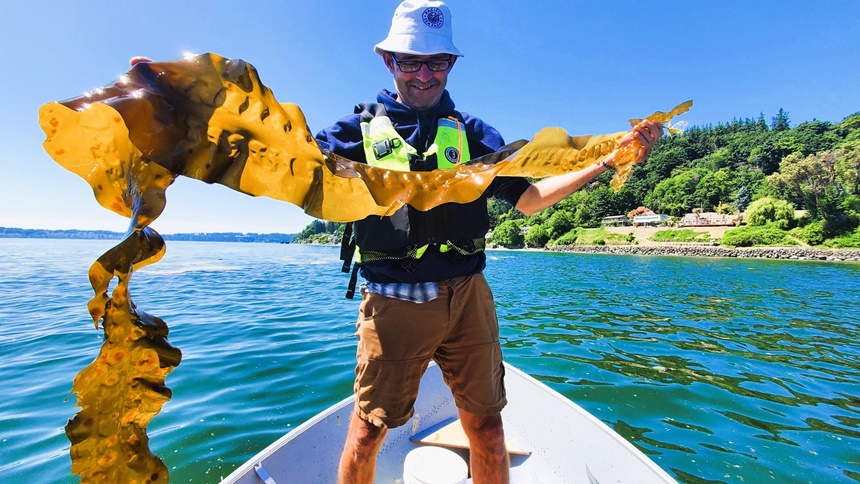
Pacific Sea Farms in Washington State is an underwater garden where sugar kelp — one of the most nutrient-dense food sources — is grown vertically on a line next to various shellfish.
The kelp grows on long ropes, suspended underwater. It’s harvested within a few months, when the kelp has grown to several feet long. There is no need for fertilizer, pesticides, or land.
The NOAA calls aquaculture one of the most resource-efficient ways to produce protein, which has helped improve nutrition and food security in many parts of the world.
7. Snail Farming
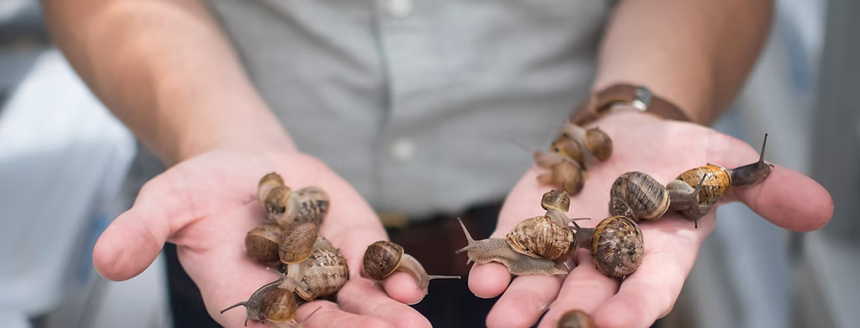
Known as heliciculture, the first USDA certified snail farm in America is located on Long Island, at Peconic Escargot. The tiny 300-square-foot building houses the farm, which grows escargot, the French term for edible land snails. With heavy restrictions, there are only two edible snail farms in the United States. Peconic will ship fresh snails to your door; they even recipe suggestions.
8. Oyster Farming
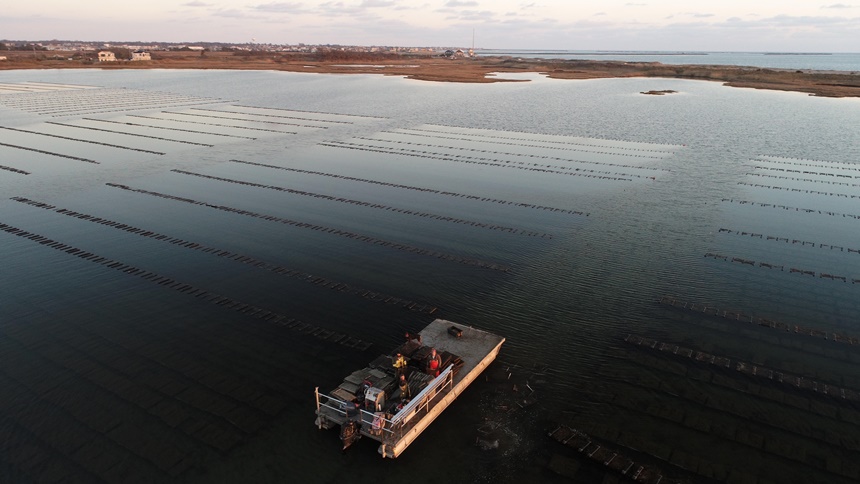
Matunuck Oyster Farm East Matunuck, Rhode Island, is an aquaculture farm established in 2009. Armed with a wet suit, oyster fisherman Perry Raso reinvented himself as an oyster farmer. Raso also grows organic vegetables and is building a shellfish hatchery, all to support his oyster bar and offer a true pond to plate experience.
9. Pallet Farming
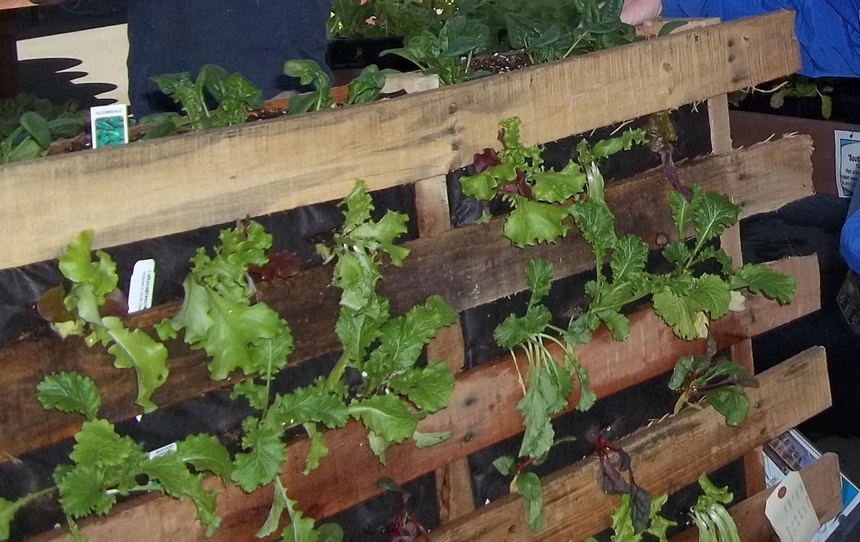
Pallet farming is a type of vertical farming where crops are stacked in layers. This controlled environment technology uses LED lighting, zero soil, 70 percent less water, and few or no pesticides. Palette farm crops can be grown during any season. Lettuce, tomato, and parsley are usually planted in the top row as companion plants. The middle row is used to grow herbs such as thyme, rosemary, and lemon balm. Potatoes and onions are popular for the bottom row.
Editor’s note: We included several inaccuracies in our reporting of Classy Cactus Farm, which have since been corrected. We regret the errors.
Become a Saturday Evening Post member and enjoy unlimited access. Subscribe now
